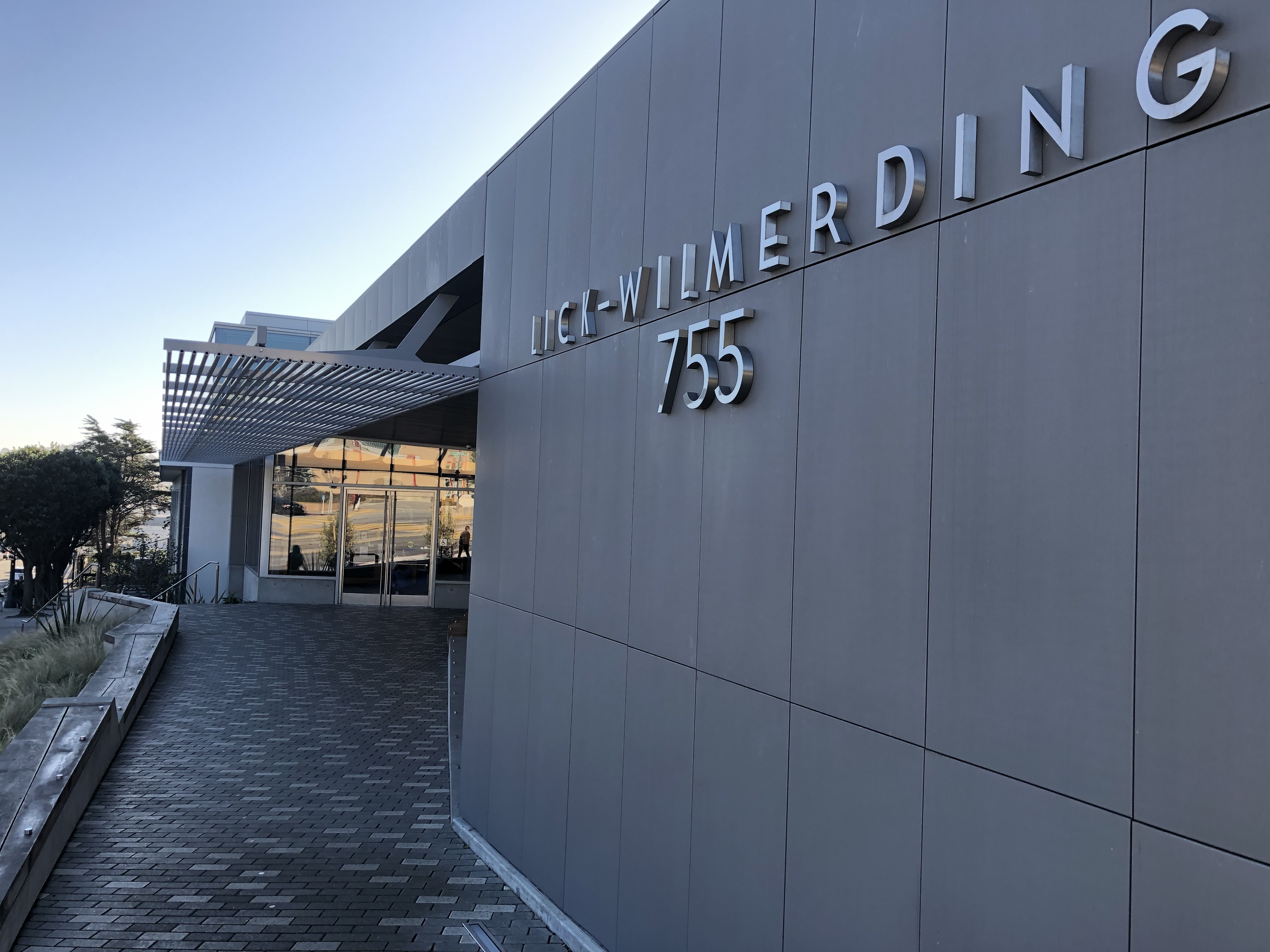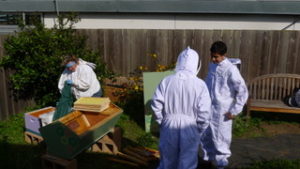The threat of gun violence has become a large part of the political and private conversations in America, due, in large part, to the 417 mass shootings that took place in 2019 and the 25 mass shootings that have already occurred in 2020. In the wake of these tragedies, many Lick students wonder about Lick’s preparedness for such a situation. Over the past few years, Lick has had two school shooting drills.
Mimoh Lee ’21 and Sophia Casey ‘21 are the leaders of the Sandy Hook Promise Club, a club dedicated to educating students on how to help in the fight for gun control, whether through going to a protest or raising money. However, they also are working with the administration to help establish communication between Lick students and administrators about what to do should there be a gun threat on campus. Lee spoke about her club’s communication with the administration, explaining that Sandy Hook Promise Club holds meetings after the drills to get student feedback and report back to the faculty with students’ worries. Casey and Lee were able to voice the concerns of the students after the shooting drill last year. Dean of Students Kate Wiley has addressed the lack of shooting drills that Lick had in the past.
“Before, we had one active threat drill per year to fill our quota, but now we have a couple set up for the future because we’ve realized we need more,” she said. “The fire department mandates that we have three fire drills per year, but I realized, and Sandy Hook Promise helped me realize, why don’t we have that for active
threats?”
Through Sandy Hook Promise Club, student voices and concerns about shooting drills have been heard. However, according to Wiley, there is a more direct way to the administration. After every active threat drill, the administration sends out a survey asking students what went well and what made them feel unsafe. This survey is the only way for the administration to know the specifics of what went wrong and any problems the students had with the drill.
Due to student participation in these surveys and help from Sandy Hook
Promise Club, student worries have been addressed; for example, now all school doors are able to lock from the inside. While the administration is improving its preparedness for a potential shooting on or near campus, they cannot address every problem if students don’t speak to the issues that they have with the drills. If students have any issues or worries related to active threats, Wiley recommends that they send an email to ept@lwhs.org or contact her directly.
Wiley seemed hopeful about the school’s preparedness for such a tragedy, saying, “In the past, we have not done enough to prepare for an active threat. We’re fixing that. We [know that we] have to tell students what’s going on [in terms of safety measures]. They can expect to hear more from us in the future.”







